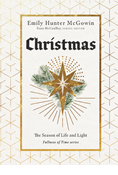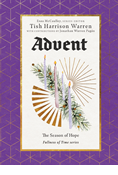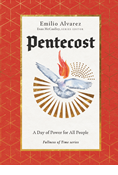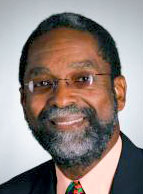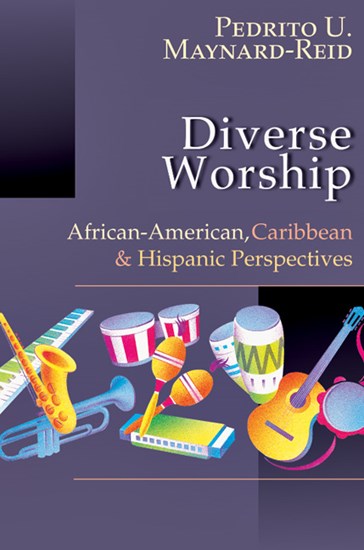
|
Diverse Worship
paperback
|
- Length: 259 pages
- Published: April 10, 2000
- Imprint: IVP Academic
- Item Code: 1579
- ISBN: 9780830815791
-
Other Retailers:
Amazon*
*affiliate partner
Let the nations sing.
What are the universal constants of Christian worship? What are the unique elements that arise out of diverse local contexts? How do we appropriately respect and honor both the constancy and the diversity?
In Diverse Worship Pedrito U. Maynard-Reid explores the multiethnic dimensions of worship by looking at three specific cultural contexts--African-American, Caribbean and Hispanic. After surveying worship and culture through history, he devotes a section of his book to each of these three cultural context for worship. Maynard-Reid colorfully describes and characterizes each worship tradition, and he explores its historical development and change.
Throughout this engaging and enlightening book, we gain new perspective on what it means to worship God.
"In this challenging book Maynard-Reid invites us to become aware of the cultural conditioning in our own worship traditions and to appreciate the richness we may tap in the worship traditions of others."
"A solid contribution in its field enhancing not only our knowledge but also our worship practice. . . . a valuable and informative resource."
"What a pleasure to read a book based on solid research and wide exposure to African, Caribbean and Hispanic worship. . . . a virtual experience of expressive authentic worship. Thanks for this window into the intercultural worship of the postmodern world."
"A clear, concise and insightful introduction to the variety of cultures and worship styles present in the church today. A valuable resource for church leaders working in multicultural situations."
CONTENTS
Preface
1. Introduction
Part 1: Historical Perspectives
2. Worship Through the Ages
3. Constancy Diversity
Part 2: African-American Worship
4. "We Had Church Today!"
5. African-American Music
6. The Spoken Word
7. The Response
Part 3: Caribbean Worship
8. An Adventure of the Spirit
9. Caribbean Music
10. The Word the Response
Part 4: Hispanic Worship
11. In the Spirit of a Fiesta
12. Hispanic Music
13. Preaching, Prayer Response
Part 5: Conclusion
14. Rational Physical
Notes
Bibliography






